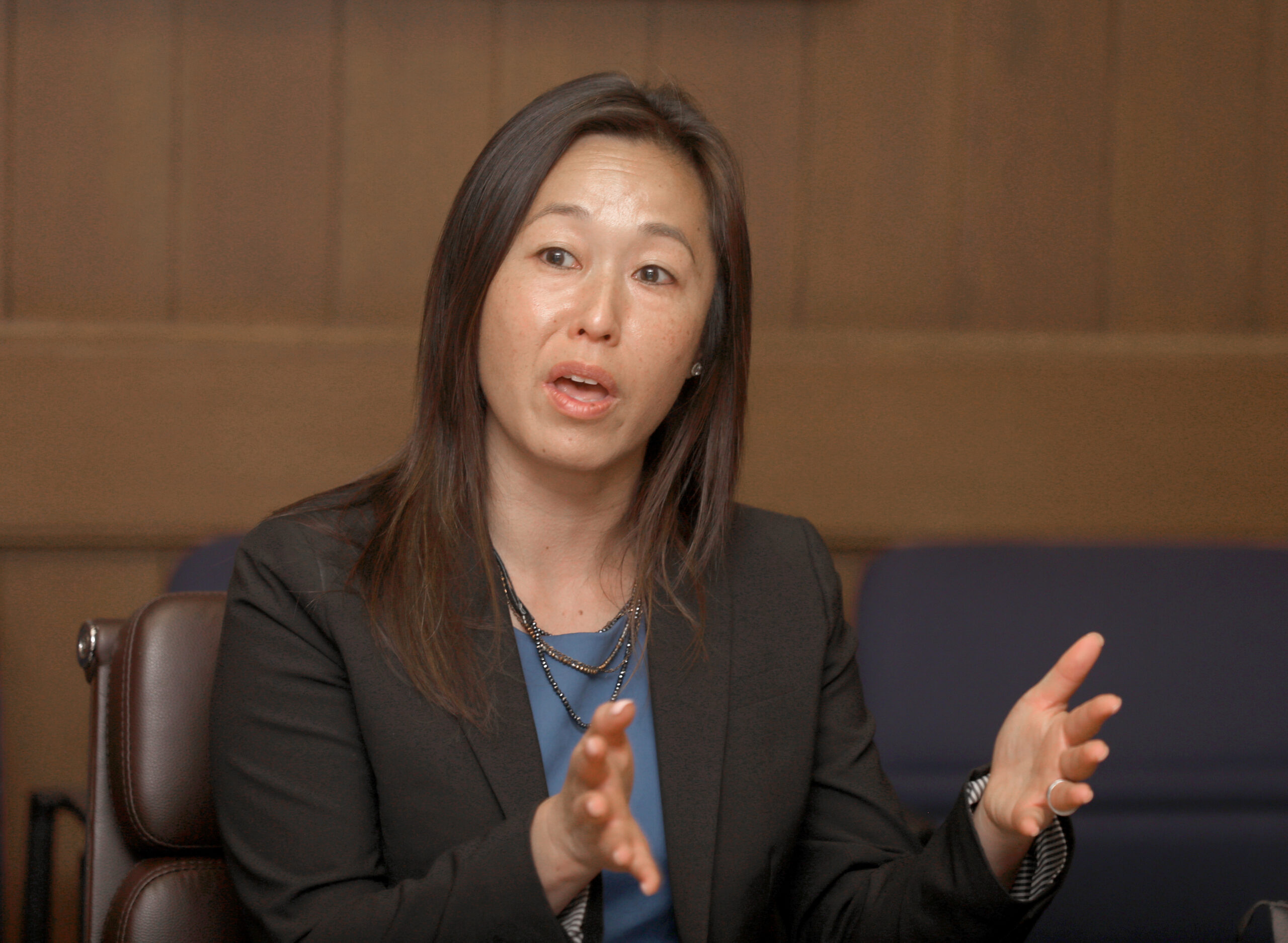Jenny Lam, San Francisco Unified School District Board of Education president, assumed the role in February after the recall of three fellow school board members. Since then, as many replacement commissioners have joined, a payroll disaster unfolded, budget and layoff talks continued as the state looked on, and a new superintendent was chosen.
All of that occurred in the backdrop of an exhausting school year for those in education navigating the ongoing pandemic, students exhibiting mental health and behavior struggles upon returning to in-person learning, and staffing shortages.
With the chaos of the 2021-22 school year over, The San Francisco Standard caught up with Lam.
This school year has had numerous sets of challenges. Is the district able to take a step back and see how things went and where they’re going—payroll included?
I was at several graduations last week and it was really inspiring to hear from our students about their own reflections. As we’ve come out of Covid, this past year was hard. But our educators, our staff, our students, our families really came together. As the pandemic evolved, we needed to be responsive, adapt quickly—there’s still so much to be done to support our students. Either they’re learning and their social emotional well-being, also supporting our staff and knowing that we’ve all been through a lot. I’m really excited about how we can continue to be there for our students and what it’s going to take with their education recovery [and] with their social emotional well-being.
[The board] really wants to spend our time and continue increasing our time in our public meetings around diving into the data and information about where our students are at and what supports and interventions are being implemented.
Tell me about these governance trainings that you arranged after the three new commissioners joined. Did you get this type of training when you joined and why did you decide to set it up? What was the board dynamic like before and what is it like now?
My training was, I would say pretty light. And that’s why it’s so important that this board was in a structured training module. It’s not just onboarding for the three, but onboarding for all seven of us and a new composition of the board and certainly discourse and having different perspectives is natural for any school board.
We’ve had our fiscal training now. Our first training around the student learning outcomes, the role of a school board. And then we also got to join a national conference to meet with our peers across the country and learn about best practices. The board sets the tone for the district.
Soon after, the board had to make some big decisions around the budget and superintendent. How did Matt Wayne end up being the final pick and what does he bring to the district?
The community provided a very clear blueprint of and that’s why we conducted over 65 of these groups and conversations. We had over 1,200, if not 1,800 surveys that were submitted by parents and families and our stakeholders. That report really provided the board with the guidance of the leadership attributes, the characteristics that we wanted to see in our next superintendent.
Matt Wayne—clearly with his background and his passion and commitment to teaching and learning—was very important. He’s also very excited about visiting classrooms and schools, excited to meet with the community.
The state budget is looking a lot more favorable to funding public schools. What position does that put the district in as it still contends with the structural deficit?
I’m optimistic about the fiscal forecast. At the same time, we as a district have a structural deficit. What has continued as a challenge is we continue to rely on one-time sources. That is still a cautionary tale.
We are now heading into a decade long of declining enrollment. And it also will be an opportunity to look at how we are supporting our site and the portfolio of schools that we operate.
Speaking of portfolio, the question for some is around whether school closures are going to happen. Will the district need to do so down the line in your view?
We have not embarked on any process or discussions at this time. We are also going to be looking at a number of factors, both … from what the state budget looks like again in this upcoming year.
But multi-year projections are something that I’m pushing for right now, looking at a five-year income projection. That’s really going to be key to looking at the financial health of the district.
It’s absolutely imperative that we take care of our school house so that the state can feel confident that we are going to follow through with the commitments that we’ve made in our budget balancing plan.
The district seems hopeful in some other ways about enrollment, considering the housing that’s coming on board—particularly in some of the city. Do you share some of the same hope that there will be more students with more housing and that it solidifies the need for a new school in Mission Bay?
Yes, absolutely.
That’s where the opportunities are with Mission Bay, knowing that there is housing reflective of the families we do serve in our public education system. The other huge development coming from the state level is the growth of transitional kindergarten and early education.That is also going to have a positive outcome for enrollment.
What other bigger items or discussions are coming up in the weeks and months ahead?
It’s going to be really focusing on how we are driving our work, how we are working with our new superintendent and really landing on what leadership is bringing. We’re also really looking forward to and excited about the new school year ahead as we … come out of a very challenging and difficult time.
This interview has been edited for length and clarity.
